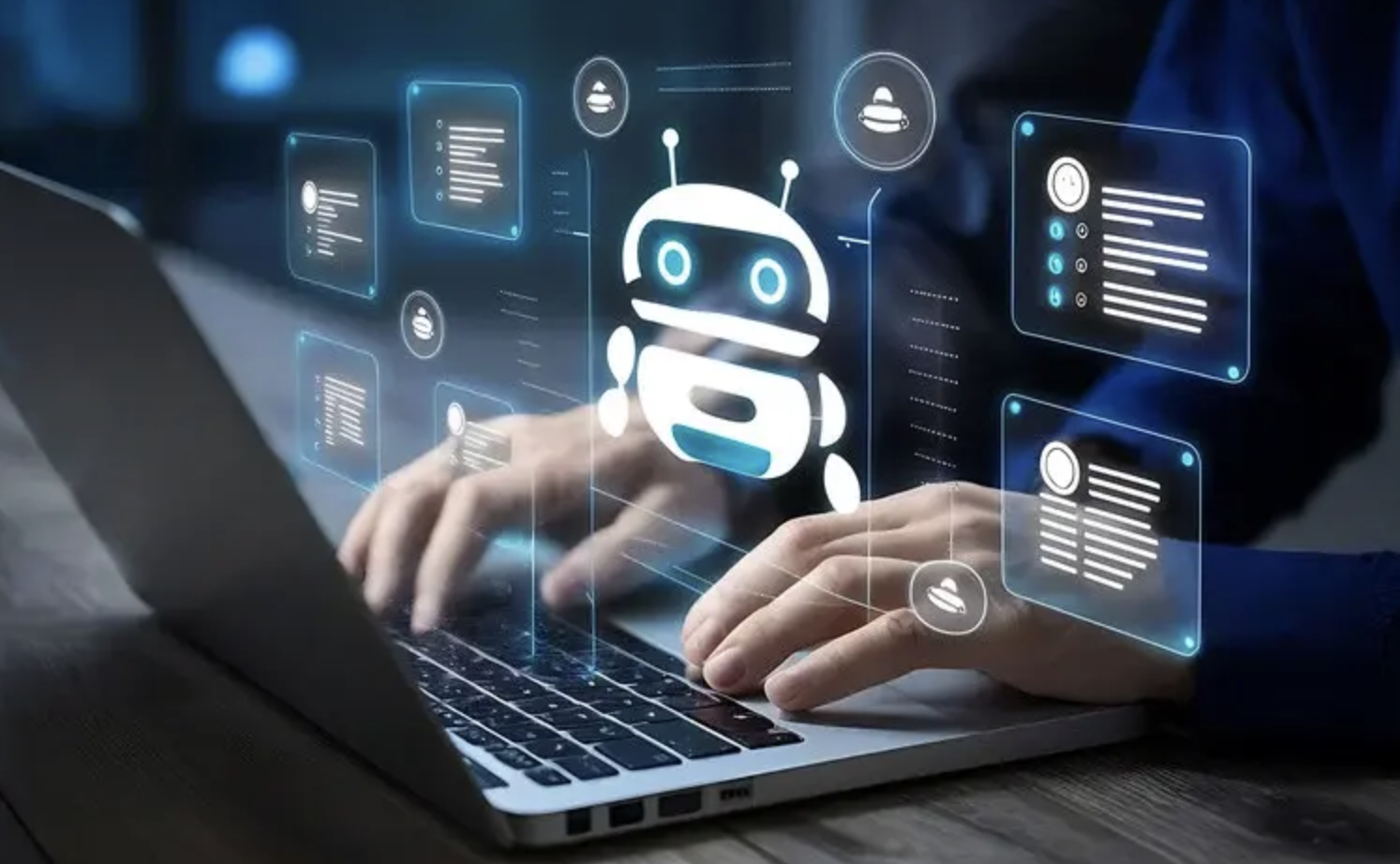Engineering Legal AI

Artificial intelligence (AI) is shaking up industries left and right, but in the legal world, it's not as straightforward as plugging in a generic AI model. Legal contracts are notoriously complex, filled with intricate relationships where a change in one clause can impact multiple other sections. It's like a game of Jenga – pull out one piece, and the whole structure can shift in unexpected ways.
This complexity means that using a standard AI model or a simple LLM wrapper just doesn't work. These models aren't built to understand the nuanced connections within contracts. They might overlook how modifying a term in one place can ripple through the document, affecting obligations, rights, and conditions elsewhere. The result? Incomplete analyses and potential oversights that no lawyer can afford.
Some might suggest fine-tuning existing large language models (LLMs) on legal documents to bridge this gap. However, this approach has its own set of problems. The legal world lacks accessible data due to the private and confidential nature of most documents. Even when data is available, it's often heavily redacted, leaving blind spots in the model's understanding. Plus, there's a lack of benchmarks to evaluate how well these fine-tuned models perform in legal contexts. Without reliable metrics, trusting them with critical legal tasks is a gamble.
So, what are we doing differently? Instead of relying solely on out-of-the-box or fine-tuned LLMs, we've focused on engineering around them by providing the correct context and specialised tools. We've built algorithms that delve deep into these complicated relationships. By extracting and mapping out how different parts of a contract interact, we've created a knowledge graph that serves as the AI's roadmap. This allows our AI to pinpoint the exact information needed and understand the broader implications of any changes within the contract.
But technical prowess isn't enough. Legal expertise is crucial, so we've embedded deep domain knowledge into our models. Lawyers bring years of experience and a keen understanding of the law's nuances. By integrating this expertise, our AI doesn't just read contracts – it interprets them with a lawyer's insight.
We've already put these foundations to work in our Virtual Assistant (Chatbot), helping users navigate legal documents more effectively. But we're not stopping there. Over the next year, we're expanding these capabilities to include powerful features like consequential change analysis and specialised agents tailored to different legal workflows.
In a nutshell, building effective AI for LegalTech isn't about quick fixes or one-size-fits-all solutions. It's about acknowledging the complexity of legal documents and crafting tools that genuinely understand and navigate that intricacy. By engineering around existing models and embedding deep legal expertise, we're creating AI that truly works for the legal profession. We're excited about where this journey is taking us and believe it's going to make a real difference for legal professionals everywhere.


.png)